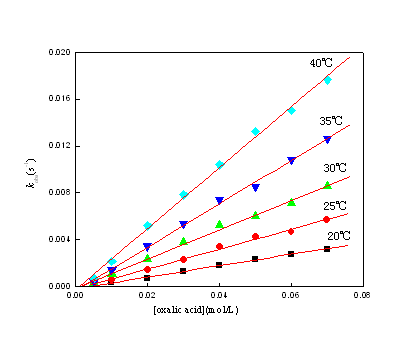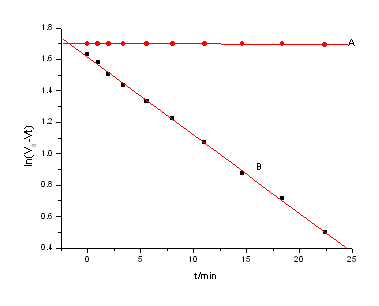Before we begin, are you sure you understand kinetics? If you need some basic tutorials, you can quickly learn the basics via online games. The most attractive French sites will offer you real money games that you can play and draw the force of bonuses instantly upon you; hurry up and join them today. See, we already start the lesson.
Chemistry in the news – Abstract The oxidation of oxalic acid by the potassium tetrabromoaurate(III) in 0.005≤ [H2C2O4]≤0.07 mol dm-3 is studied by UV spectrophotometry in the temperature range of 293.2 – 313.2 K. Under pseudo-first-order conditions ([H2C2O4]0 ≥10[Au(III)]0), it is first order in [Au(III)] and [H2C2O4]. Both H+and Br– retard the reaction. The reactive species for Au(III) is AuBr3(H2O). …


